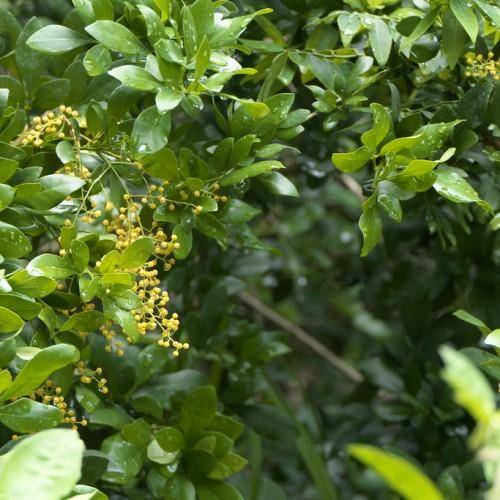
chu-lan tree
Aglaia odorata
Cycle:
Perennial
Watering:
Average
Hardiness Zone:
10 - 11
Flowers:
Flowers
Sun:
full sun,part shade
Leaf:
Yes
Growth Rate:
Low
Maintenance:
Moderate
Drought Tolerant:
Yes
Salt Tolerant:
Yes
Care Level:
Medium
watering
Chu-lan tree (Aglaia odorata) should be watered deeply once or twice a week. The soil should be kept evenly moist, but not wet or dry. During the hot and dry months, water more often. During the cooler months when the plant is actively growing, water more frequently. The plants should never be left standing in water. When watering, ensure the water penetrates the soil around the roots.
sunlight
Chu-lan trees (Aglaia odorata) can tolerate some partial shade, but usually prefer full sun environments with some shading afternoons in the hottest months of the year. They should be exposed to at least 6 hours of direct sunlight a day for optimal health and growth. During the hottest parts of the day during the summer months it is beneficial to provide some shading of direct sunlight for chu-lan trees.
pruning
Chu-lan Trees (Aglaia odorata) should be pruned in late winter or early spring before new growth begins. Prune lightly to maintain the desired size and shape while avoiding damage to the branch structure. Avoid removing more than 1/3 of new growth. Remove dead, damaged, or crossing branches, and thin out unnecessary branches. If desired, remove lower branches to expose the trunks.
